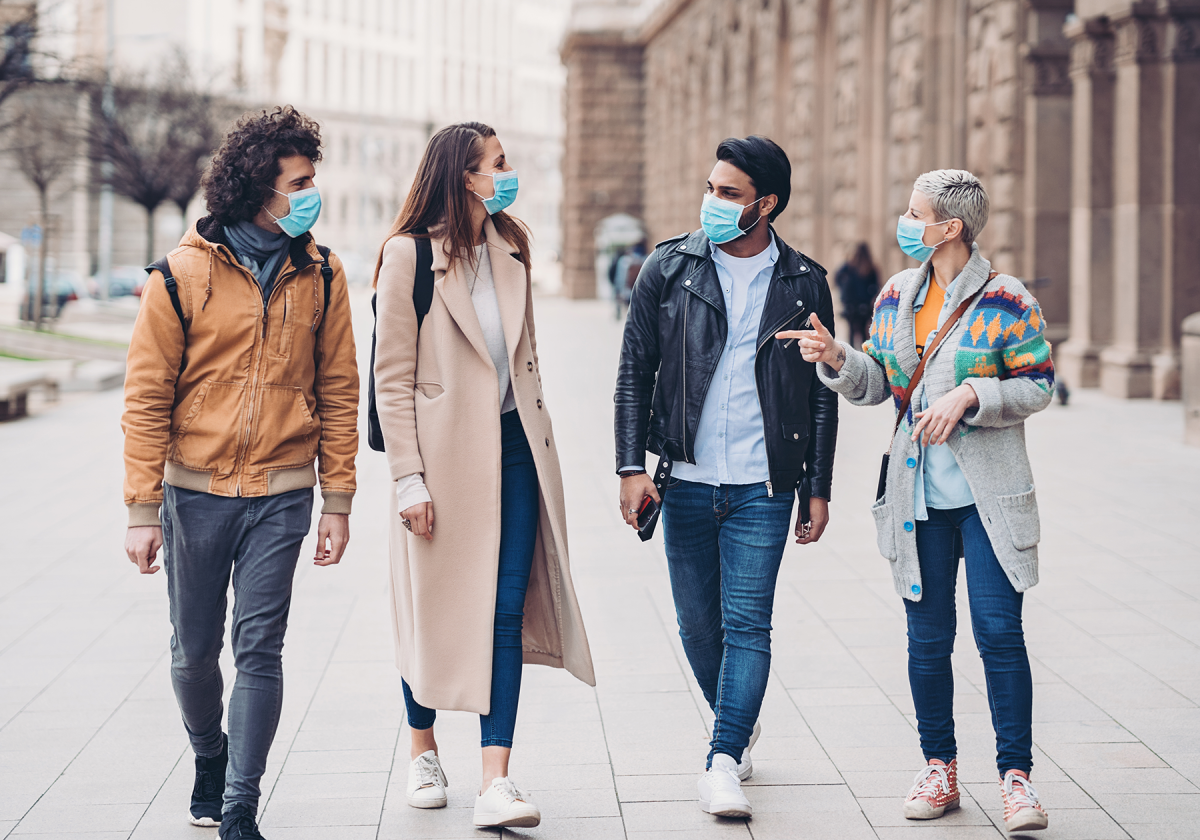. BLOG .

Being a large family of viruses leading to illness among humans and animals, coronaviruses tend to have a detrimental effect on our health. With their ability to inflict respiratory infections from the common flu to diseases more severe in Severe Ante Respiratory Syndrome (SARS) and the Middle East Respiratory Syndrome (MERS), measures have been taken by many nations across the globe for combatting these diseases.
One of these measures implemented is the wearing of a face mask by the public as a means of minimizing the spread of COVID-19. Along with several other measures including travel restrictions, lockdowns and working remotely to ensure social distancing as well as sanitation, the majority of nations worldwide strongly favor wearing face masks as a means of minimizing its spreading.
In fact, a large number of nations hard hit by the pandemic, have even made wearing face masks in public mandatory during the early months of the pandemic, including Brazil (the second most heavily affected), India, the Russian Federation, the UK, Germany Mexico and many more.
As for the US (bearing the highest number of cases), it was among the slower nations to accept wearing face masks, with its culture based on individualism and individual choice.
Despite the implementation of these measures however and with the emergence of new forms of COVID-19, the number of cases continue to rise at exponential levels throughout the world.
A year into the pandemic and despite the development and availability of several brands of COVID-19 vaccines to many countries for immunizing their respective populations, it is still unknown when and whether the pandemic will end permanently.
If and once the pandemic ceases to become a part of our everyday lives, will we continue to use face masks?
Although western countries began wearing masks with the outbreak of the pandemic, Asian countries resorted to masks years before its outbreak. As part of Japanese culture for example, it is a form of courtesy to wear masks when sick to protect others, with some Japanese women wearing masks as a common custom to cover their faces when not wearing make-up.
Even after the pandemic ends, there are several public health-related and personal reasons which justify continuing to wear a face mask.
Despite masks having become more popular throughout the west for preventing the transmission of COVID-19, an end to the pandemic will not decrease the spread of the flu. Throughout the US and based on reports from the CDC, an unusually mild flu season was experienced during 2020, attributable to mask wearing among a number of public health related efforts implemented to protect against the coronavirus.
In many western countries especially the US with life revolving around work and education, continuing to wear face masks after the pandemic could reduce the common flu to low levels as those reported during 2020, enabling Americans to work for longer time periods. Hence, it is the courteous thing to do for fellow classmates or colleagues.
Just as protecting others when you’re sick, face masks protect you when others around you are not feeling well.
Face masks serve as protection for people with a disease who are highly vulnerable to catching something, as well as for those undergoing cancer treatments.
Masks should also be worn on busses, trains, when travelling into dense areas like cities, as well as on airplanes. The only way to make these places safer is through the social normalization of mask wearing beyond the limits of the public health crisis we are witnessing.
Further, face masks can serve as protection from things other than viruses, as they can keep you warm, just like scarfs, hats and gloves.
In addition to functioning as an accessory for the winter season, masks can function as a general fashion accessory. Considering all their different patterns, styles and designs, they can be used by fashion lovers in putting together an outfit, possibly making masks your next “best friend”.
With face masks being a mandatory public health resort to protect us throughout the pandemic, they not only serve as a means of protection against illness but also as a way to make us feel more comfortable – if not fashionable.
Even after the pandemic comes to an end, this dynamic product deserves a place in the different cultures throughout the world.